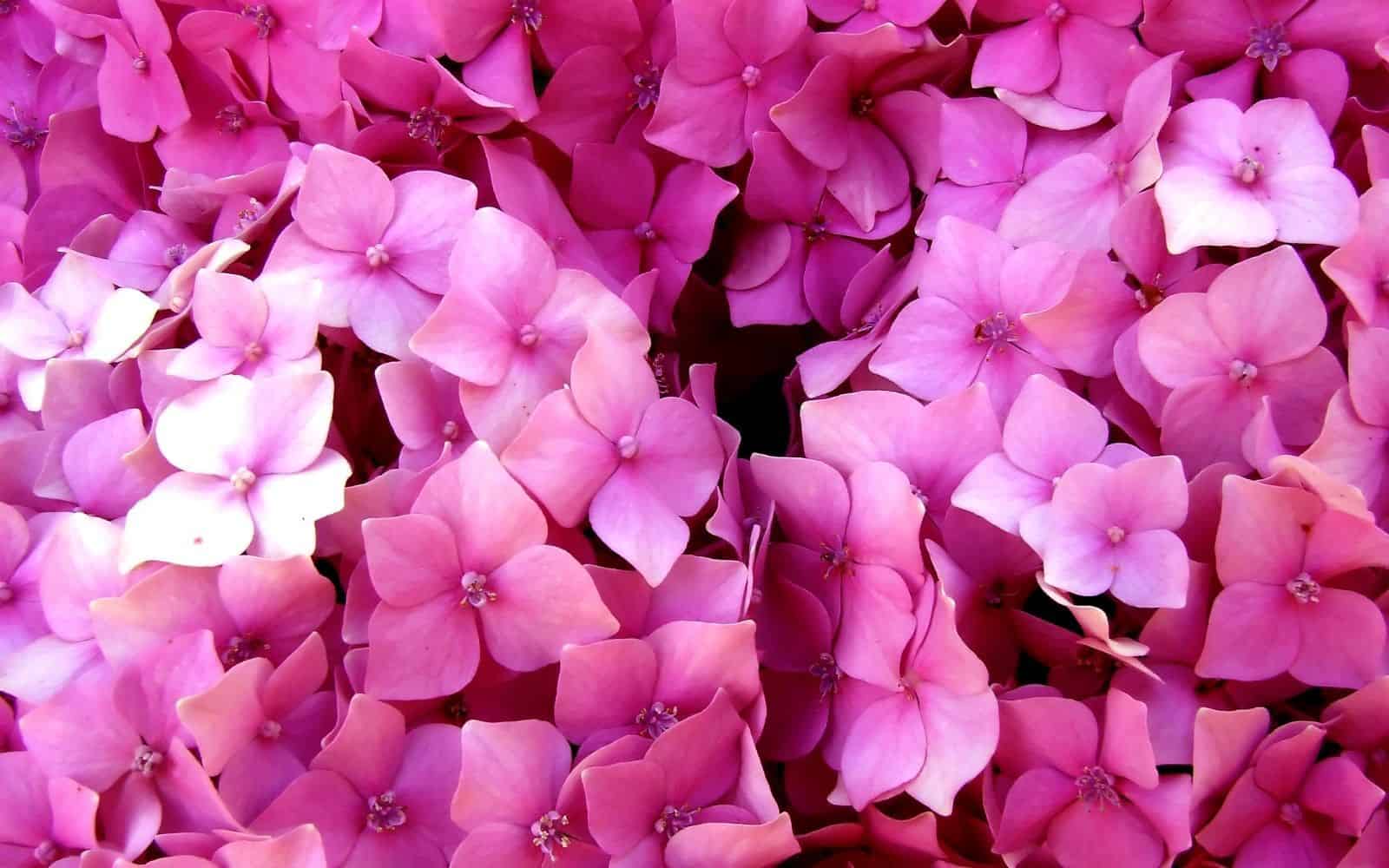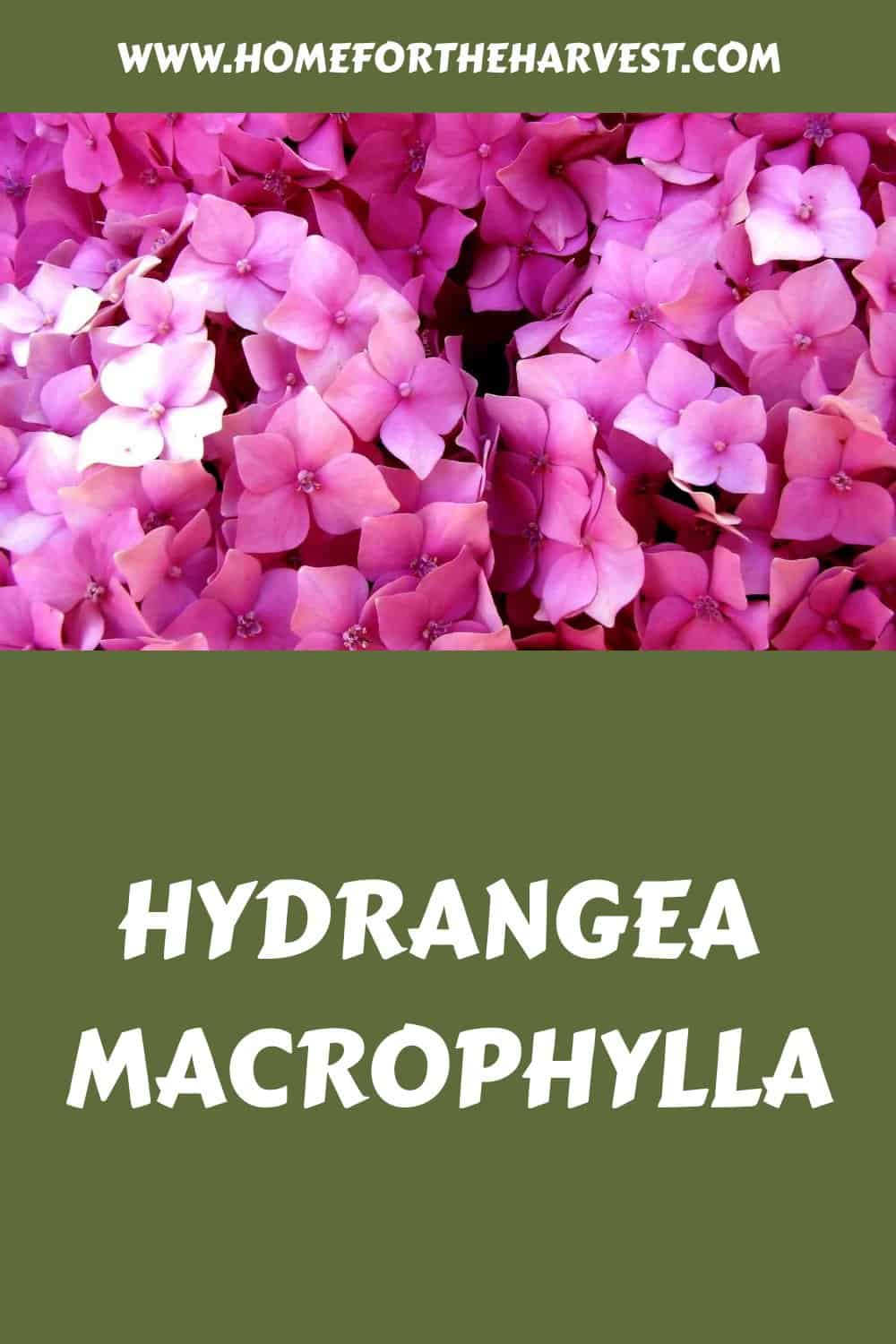Hydrangea macrophylla is a type of hydrangea originating from Japan. Plants typically have bright pink or blue blossoms that are easy to grow. This hydrangea is also commonly known as bigleaf hydrangea or French hydrangea due to the large rounded flowers and large dark green foliage.
Hydrangea macrophylla basics
Hydrangea macrophylla is one of the most popular species of hydrangea. This type of hydrangea has a rich history and an even richer appearance.
Despite the common name “French hydrangea,” this species is native to Japan. Its versatility is also shown in Japan because it is found in seaside habitats and the mountains.
The flowers are either lace cap or mophead-shaped. Lacecap flower clusters bloom around the perimeter first, while mopheads have large, globe-shaped flower clusters.
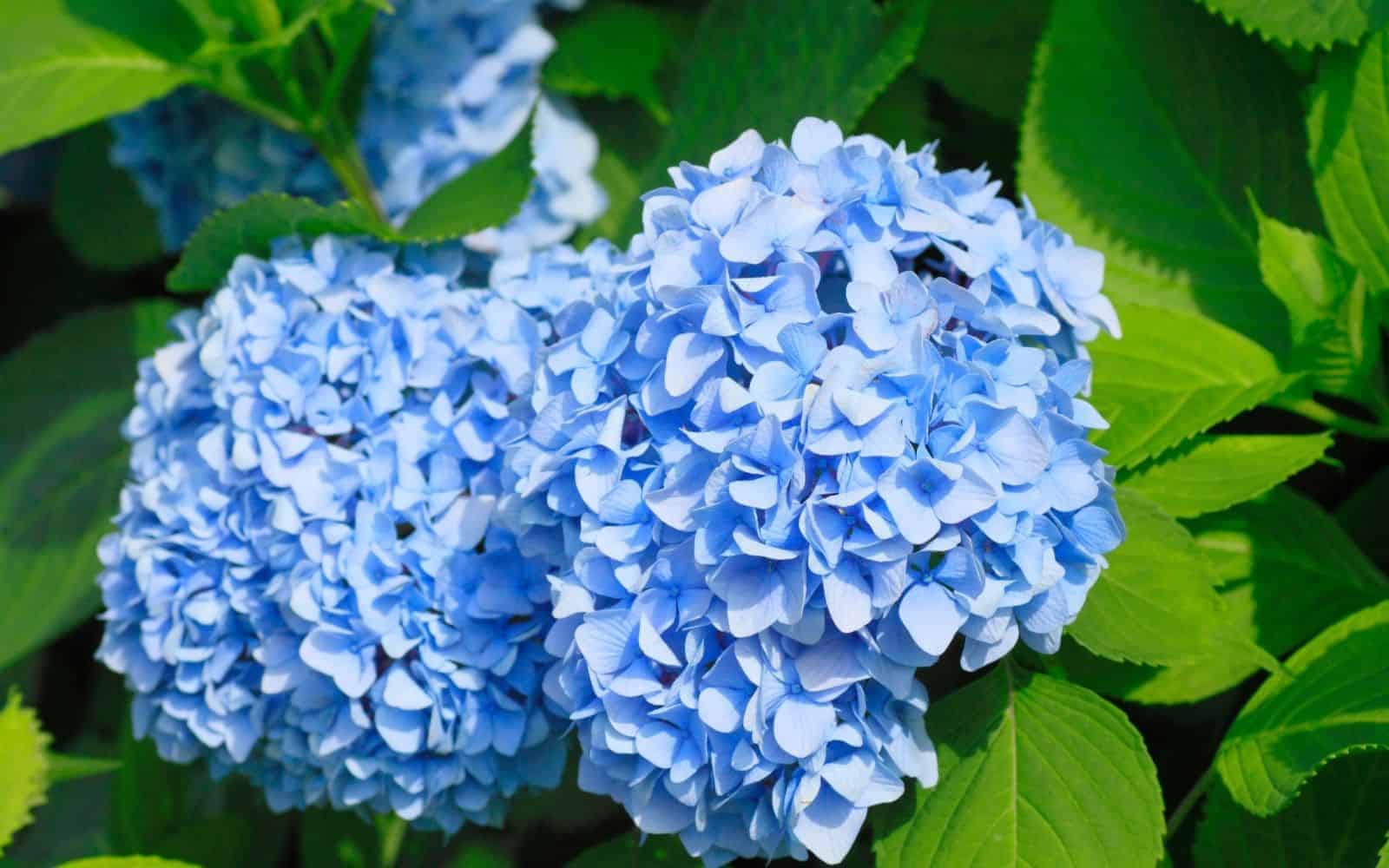
Hydrangea macrophylla varieties
Here are some specific cultivars of Hydrangea macrophylla that are currently quite popular:
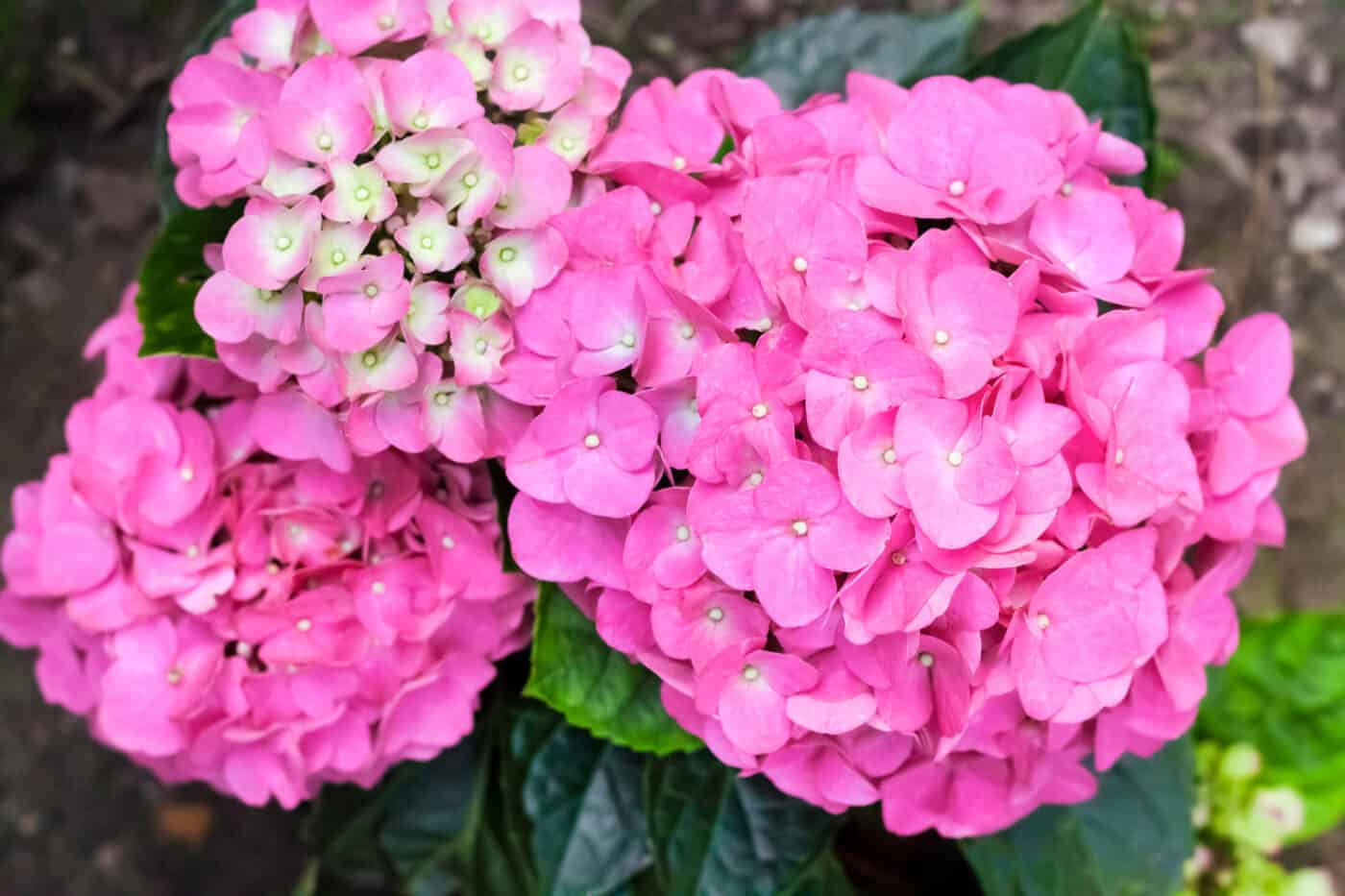
Planting hydrangea macrophylla
If you have decided that you want a Hydrangea macrophylla in your garden and found the one you like, the next step is to plant it. There are a lot of factors to consider when planting any new sprout, so keep reading to learn how to plant this hydrangea properly to give it the best chance of blossoming.
When to plant Hydrangea macrophylla
Before you pick a location or begin digging a place for the hydrangea, you need to learn about the best times to plant Hydrangea Macrophylla. Like many other plants, Hydrangea Macrophylla is best planted in spring or fall.
If planting in spring, plant after the last spring frost, and when planting in fall, plant the hydrangea before the first fall frost. It is best to avoid planting in the heat of summer as it is essential for a newly planted hydrangea to retain as much water as possible.
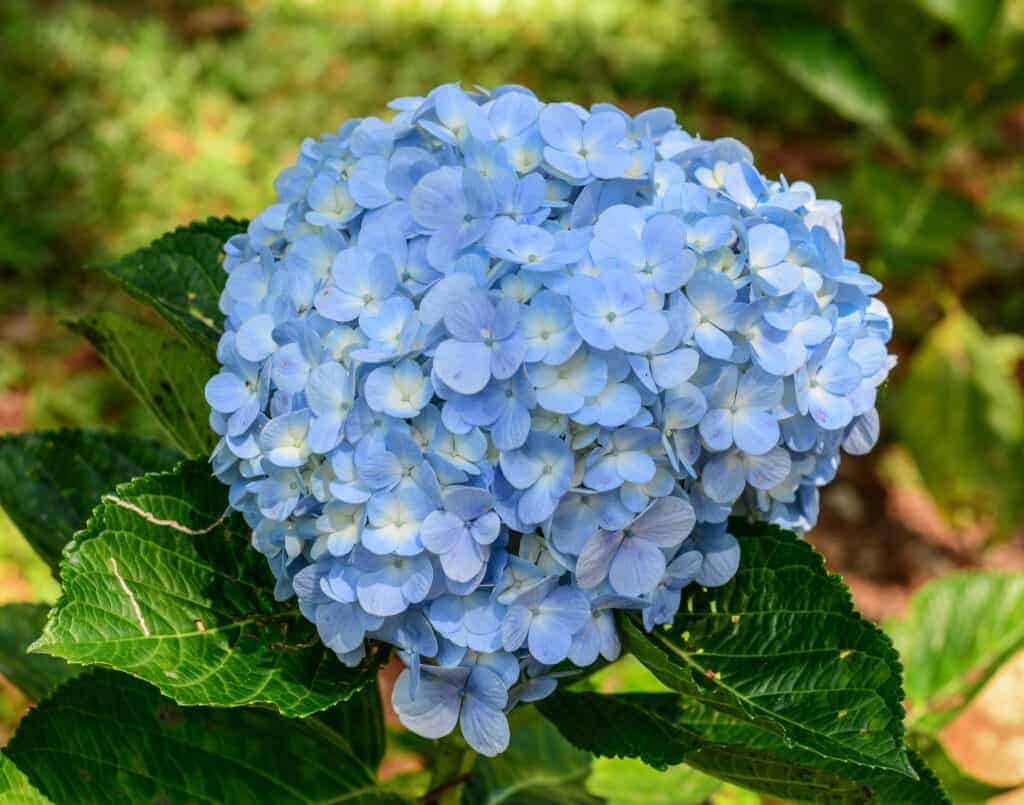
Where to plant Hydrangea macrophylla
The next important factor to know before planting a Hydrangea Macrophylla is where to plant it. The location of the plant can have a huge effect on how much sun it receives, how well the water drains, and how it might affect other nearby plants. Hydrangea macrophylla thrive best in well-draining, fertile soil. Make sure to avoid places in your garden where water often pools. Adding a little bit of sand to the soil can help with drainage. In regards to the soil’s fertility, you can add compost and fertilizer to the soil to make it more suitable for the hydrangea bush.
Hydrangeas, in general, prefer partial sun during the day. They can be sensitive to drying out, so they do not thrive as well in hotter environments. While they prefer partial shade, bigleaf hydrangeas will react best to the sun if they can have full sun in the morning and partial to full shade in the hot afternoon.
How to plant hydrangea macrophylla
Now that you know the best time and place to plant your Hydrangea Macrophylla, you can start planting. Ensure the hydrangea bush is not too close to any other plants. Dig a hole in the desired spot in the late afternoon or evening. Make sure the hole is only as deep as the root ball but twice as wide or three times as wide as the root ball.
Place the plant in the hole and fill it half full of soil. Once half full, water it until the water is absorbed. Then you can fill the rest of the hole with soil. Once the hole is completely filled in, thoroughly water the hydrangea.
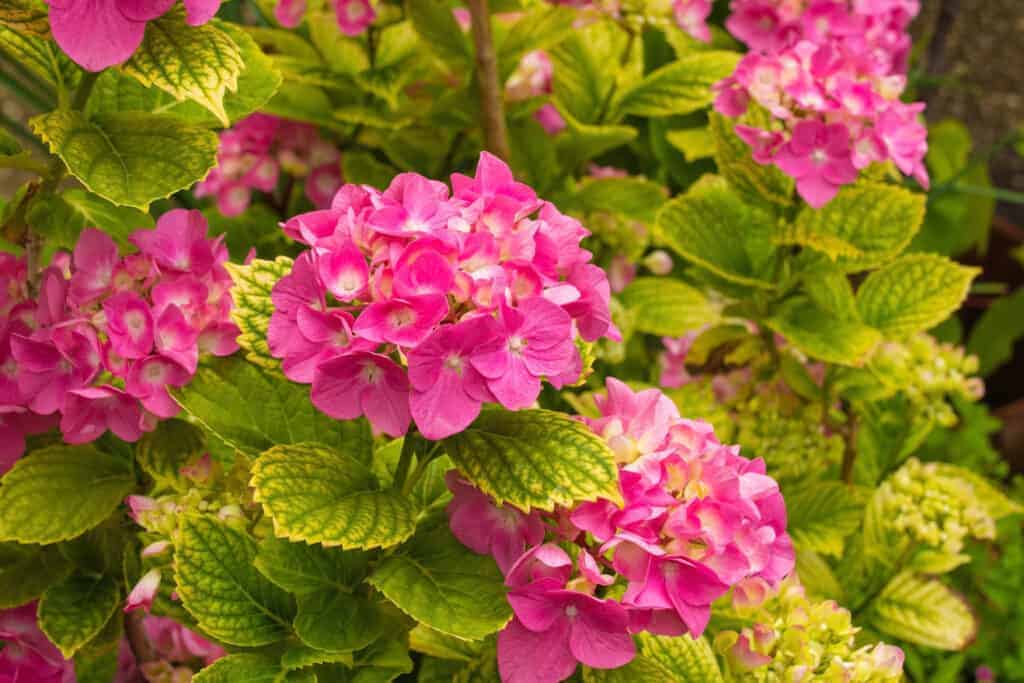
Hydrangea macrophylla care
After you have planted your Hydrangea macrophylla, you need to ensure you are giving it the proper care all year round to produce beautiful, full blossoms in the spring. While it can grow in any climate and will grow easily (as long as it is not neglected), there are still plenty of steps to care for this hydrangea. Here are the things you need to check, especially during the first year after planting it.
Watering
Hydrangea has very specific requirements for watering it to keep it healthy and thriving. Make sure that the newly planted French hydrangea gets plenty of water, especially if planted before the summer. It needs a lot of water to really settle into the soil. Water at a consistent rate, and if possible, always water in the mornings to prepare the plant for the heat of the day. Adding an organic mulch can help the soil retain water and keep the French hydrangea cooler as well.
Water at a rate of one inch per week throughout the growing season. Deeply water three times a week to aid the roots in growing and taking to the soil. Using a soaker hose is the most preferred way of watering deeply and can be useful when watering regularly as well. Make sure to keep any moisture off of the leaves and flowers to prevent disease.
Fertilizing
Hydrangea Macrophylla plants are typically heavy feeders. If the natural soil is not fertile enough, you will likely need to fertilize it to keep the plant healthy. Fertilizer can help the plant thrive in many garden scenarios. If you have too much fertilizer, however, this can cause more leaves to grow in place of flowers.
The best times to fertilize bigleaf hydrangeas are in March, May, and June. Make sure to lightly fertilize in each of these months or according to package directions on your chosen fertilizer.
If you are unsure if you need to fertilize at all, do a garden soil test to find out how to avoid hurting your hydrangea. Read more about hydrangea fertilizer.
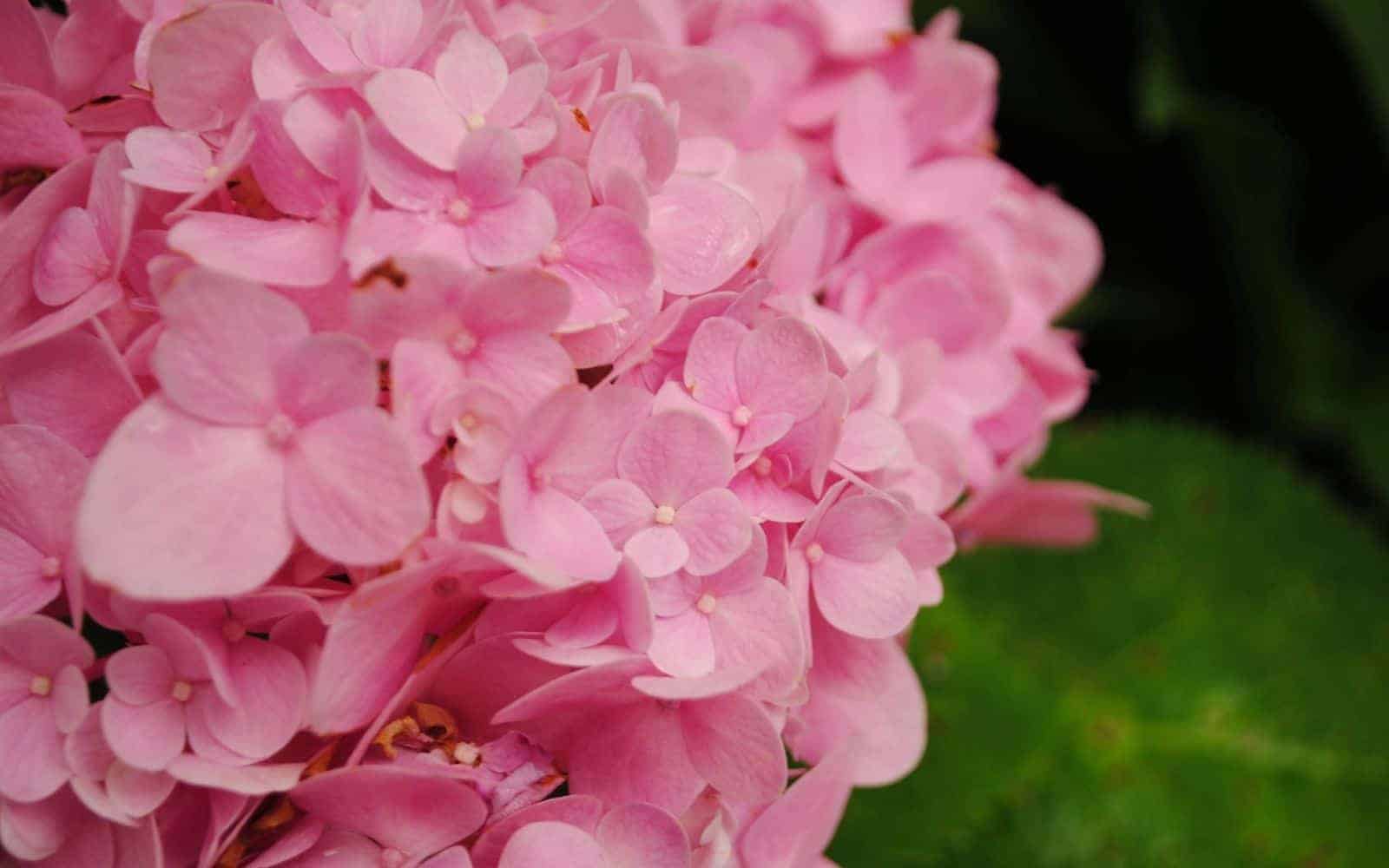
Winter care
Like many outdoor plants, there is plenty of winter care needed. So many plants thrive in the spring, summer, and fall that it makes sense why they would need special care to thrive through winter.
The best time to start preparing for winter is in the fall. Cover your Hydrangea Macrophylla with bark mulch, leaves, straw, or pine needles. Build this up to at least 18 inches to properly protect them. You can make cages of chicken wire or snow fencing to allow for covering the entire plant loosely. Fill the cage to cover the whole plant with the aforementioned materials.
Another way of preserving the bigleaf hydrangea is to cover it with light sheets for the winter to protect it from the cold and snow. Properly protecting your bigleaf hydrangeas in the winter will help prevent disease and rot, as well as keep them healthy so they can bloom properly in the spring.
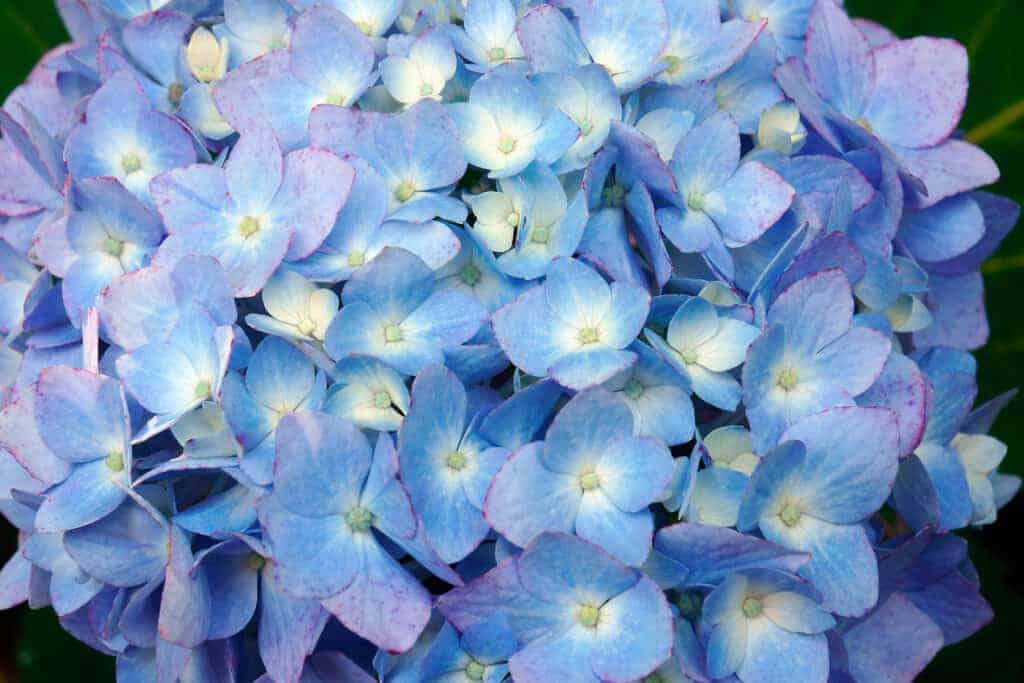
Common plant care mistakes
While Hydrangea Macrophylla is easy to plant and care for, there are always instances when the plant will not bloom. This can be frustrating, especially if you have followed all of the steps to get a healthy French hydrangea. Here are some common mistakes that many people make when planting a Hydrangea macrophylla in their garden.
Improper pruning
One of the biggest reasons there is a lack of flowers on your French hydrangea when it is time to bloom is improper pruning earlier in the year. Hydrangea Macrophylla blooms on “old wood.” This means they bloom on flower buds that are established in the previous season’s summer.
Some newer cultivars are “reblooming”, and bloom on new and old flower buds from last season and this season. Here are some reblooming hydrangeas to consider planting.
Too much/too little moisture
We have mentioned how important it is that the proper amount of water is supplied. The French hydrangea needs a lot of water, but never so much that it is pooling in the soil. This can cause rot or disease, which will prevent the plant from blooming because it needs to use energy to fight the disease.
Too little moisture can also be a problem. If the soil is ever dry or there is a very hot summer and it is watered infrequently, the hydrangea plant will not have sufficient water to produce new blossoms that season. Make sure to watch the water levels closely, especially if it has been newly planted.
Too much/too little sunlight
Hydrangeas are particularly sensitive to the sun, especially bigleaf hydrangeas like the hydrangea macrophylla. If the hydrangea has too much sun and is exposed in the hot afternoons, it is likely not to produce blossoms. It will dry out more and will not have enough moisture to produce new flowers. If your Hydrangea macrophylla does not have enough sun, it can lack important nutrients to produce new flowers, though this is much less common than having too much sun.
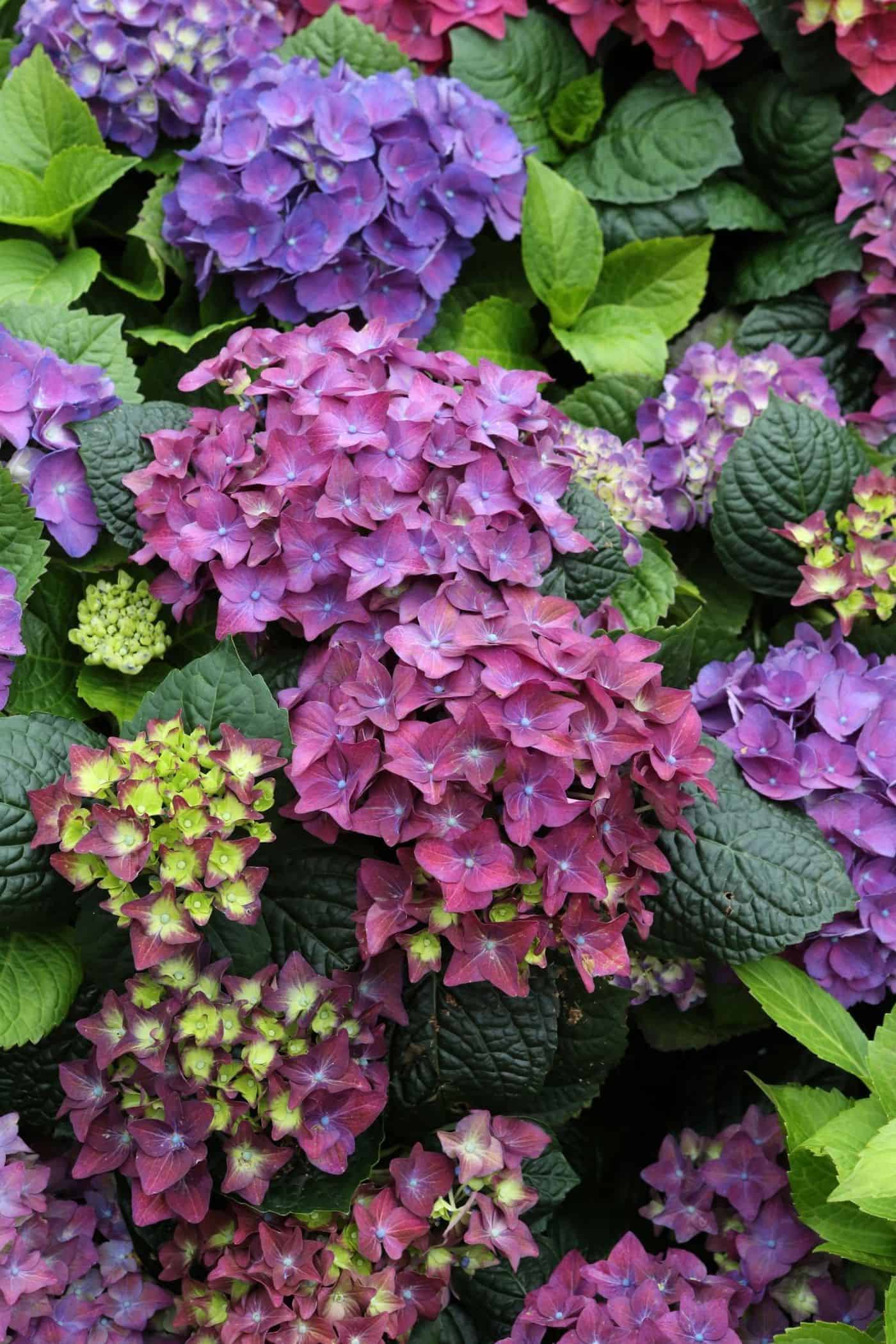
Too much fertilizer
As mentioned before, if a bigleaf hydrangea has too much fertilizer, it can halt flower production or delay it for that season. When this hydrangea has too much fertilizer, the plant will produce more leaves, especially near the bottom.
This means that there will be much less room for flowers, and there will be an underwhelming blooming season that year. Make sure to have your soil tested to know if you even need to add fertilizer to it. Take time to balance out the acidity and pH levels of the soil if you think that might be the problem.
Be patient with new plants
Sometimes, you have cared for your new Hydrangea Macrophylla in the best way possible, but it still might not have bloomed very well or at all. Sometimes, all you need is a little patience to wait for the next year. If a new French hydrangea did not bloom well in its first year, that is normal. It is common for them to need more time to really take to the soil.
As long as you continue to properly care for the hydrangea plant, you should get beautiful, vibrant, full blossoms in the next year. The one exception is that sometimes exceptionally cold winters can kill overwintering buds, leading to a lack of blooms the following growing season.
Changing the color of Hydrangea macrophylla flowers
Hydrangea macrophylla is one of the few species of hydrangea that can change color as soil conditions change. At a neutral soil pH, the flowers tend to be pink color. But in acidic soil, the flowers can become blue as long as aluminum ions are present and available to the plant. Here is a chart showing the color range of Hydrangea macrophylla flowers as soil conditions vary.


